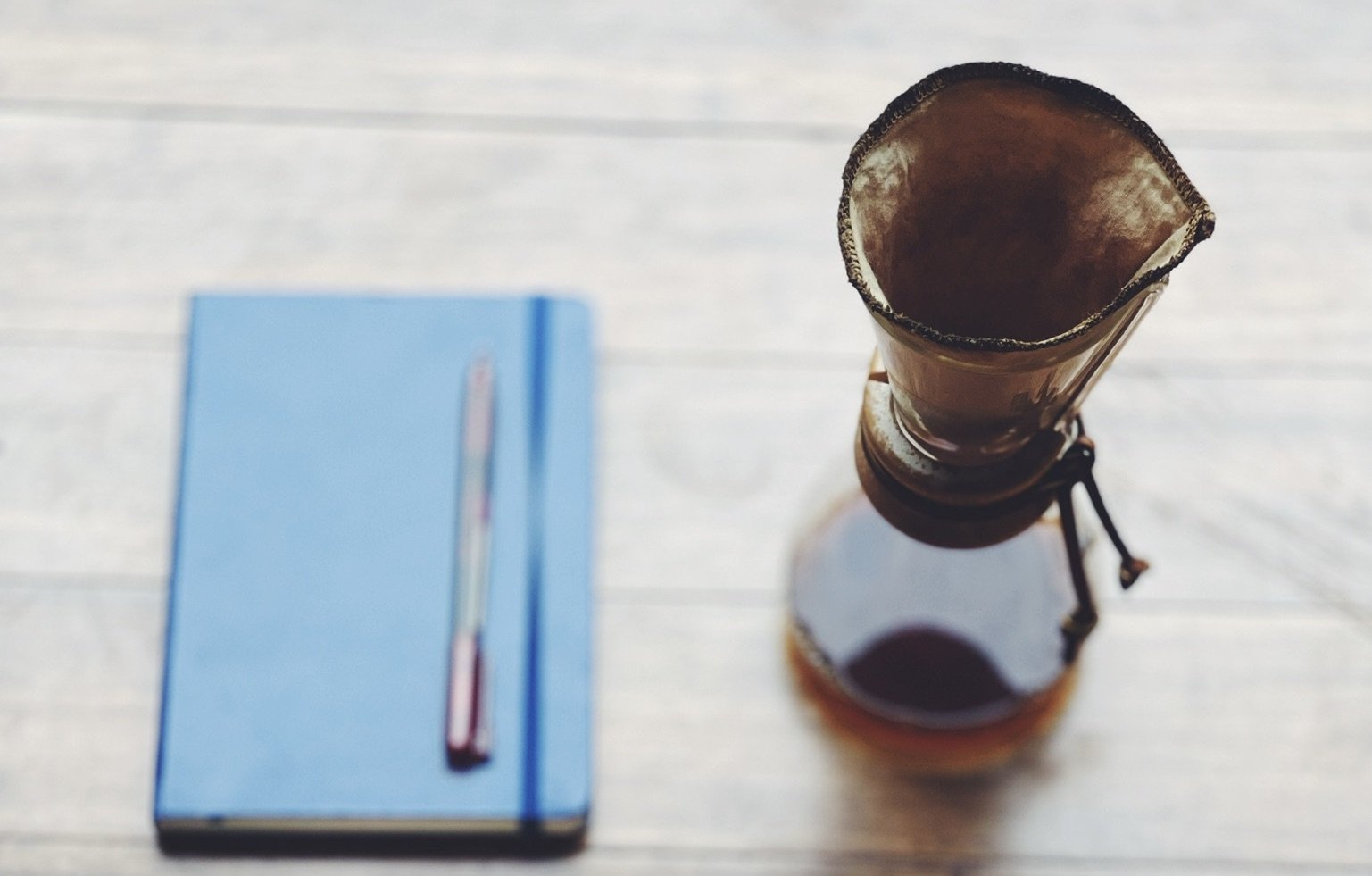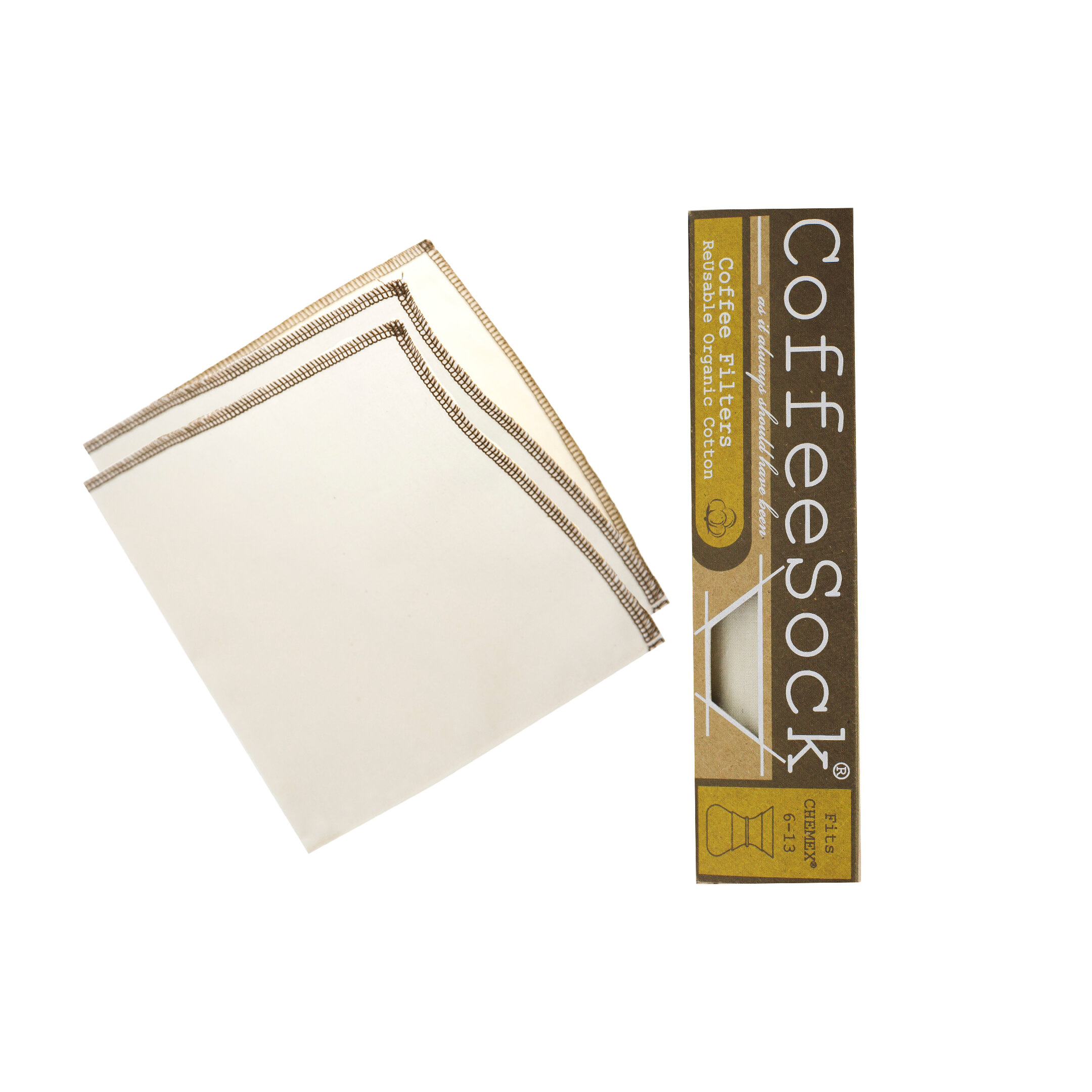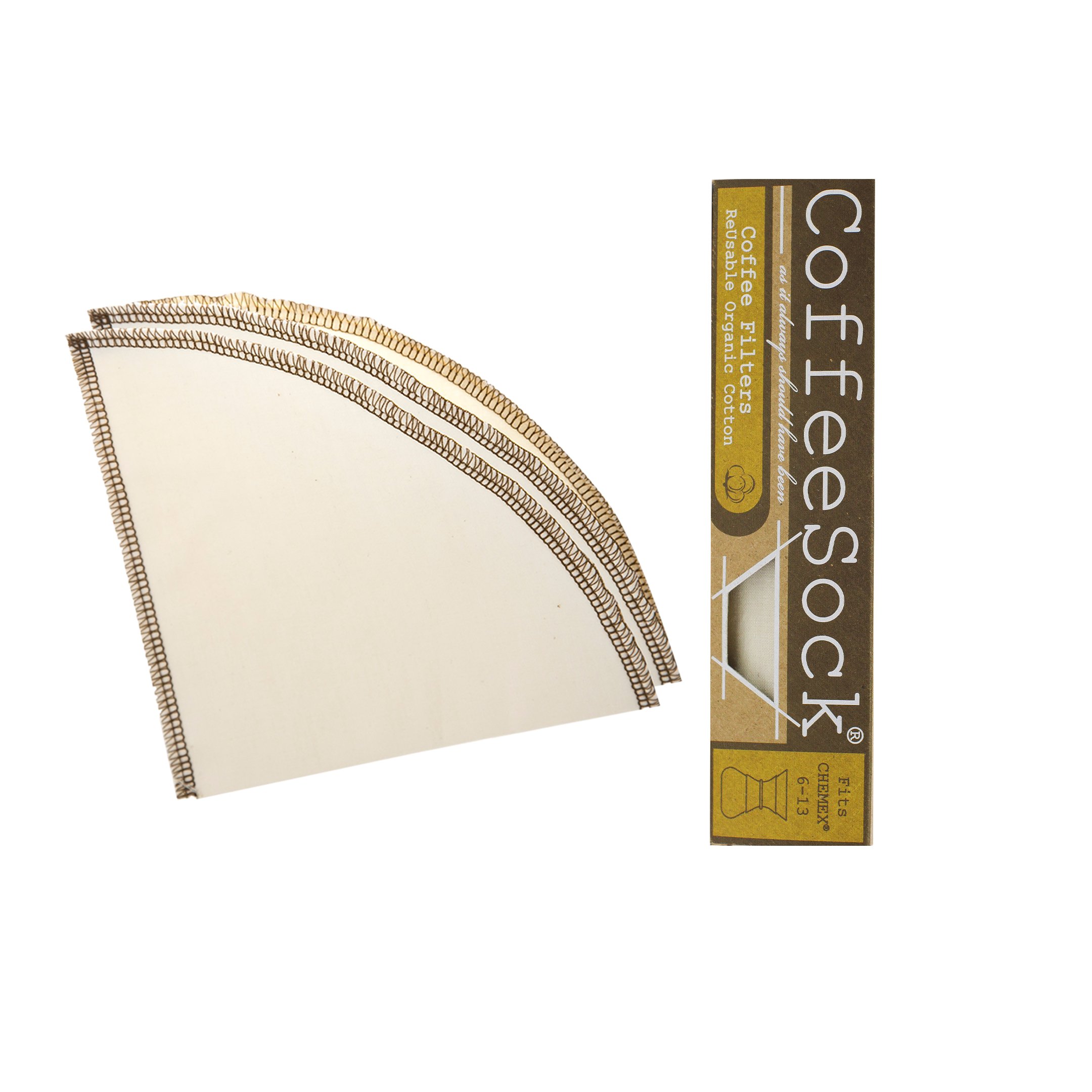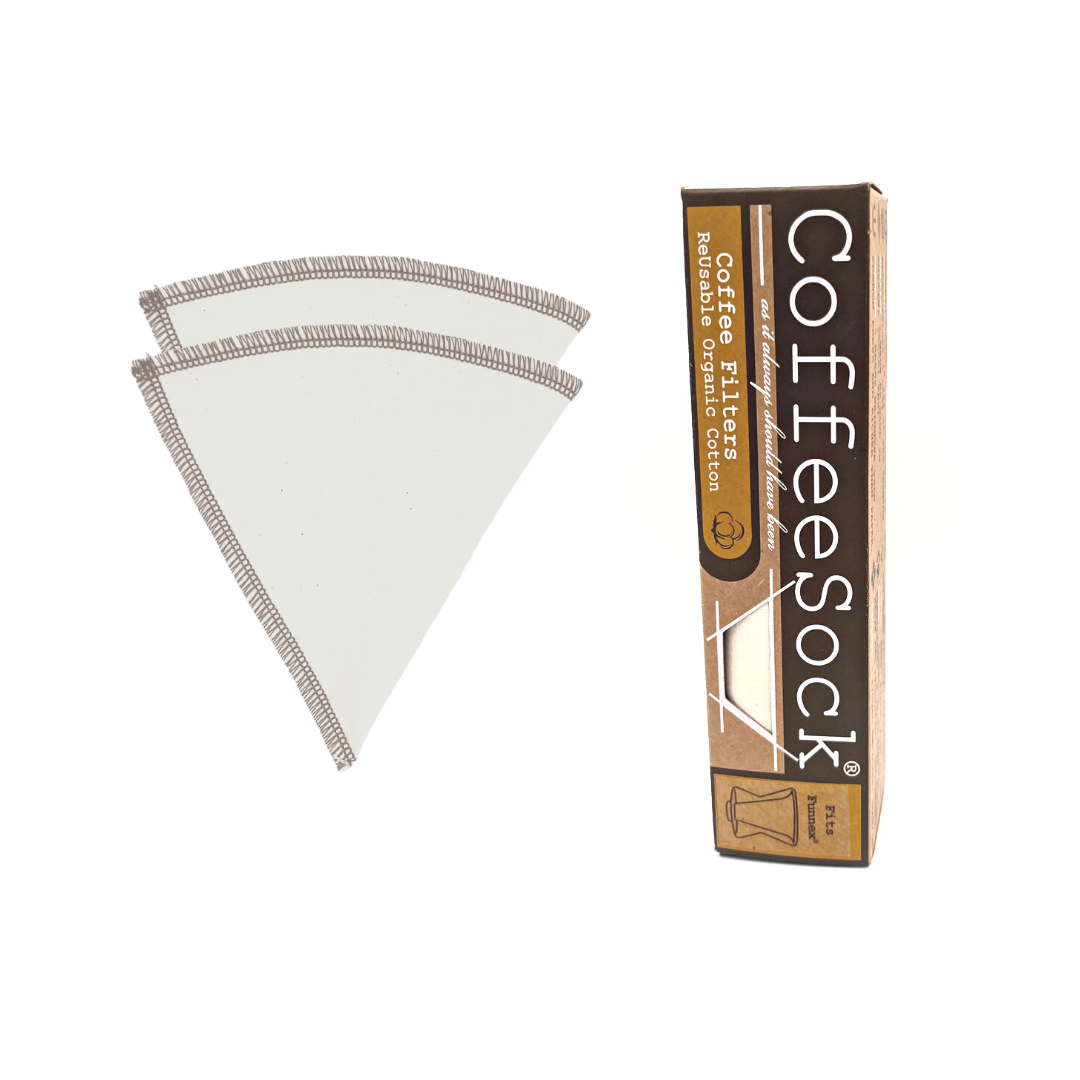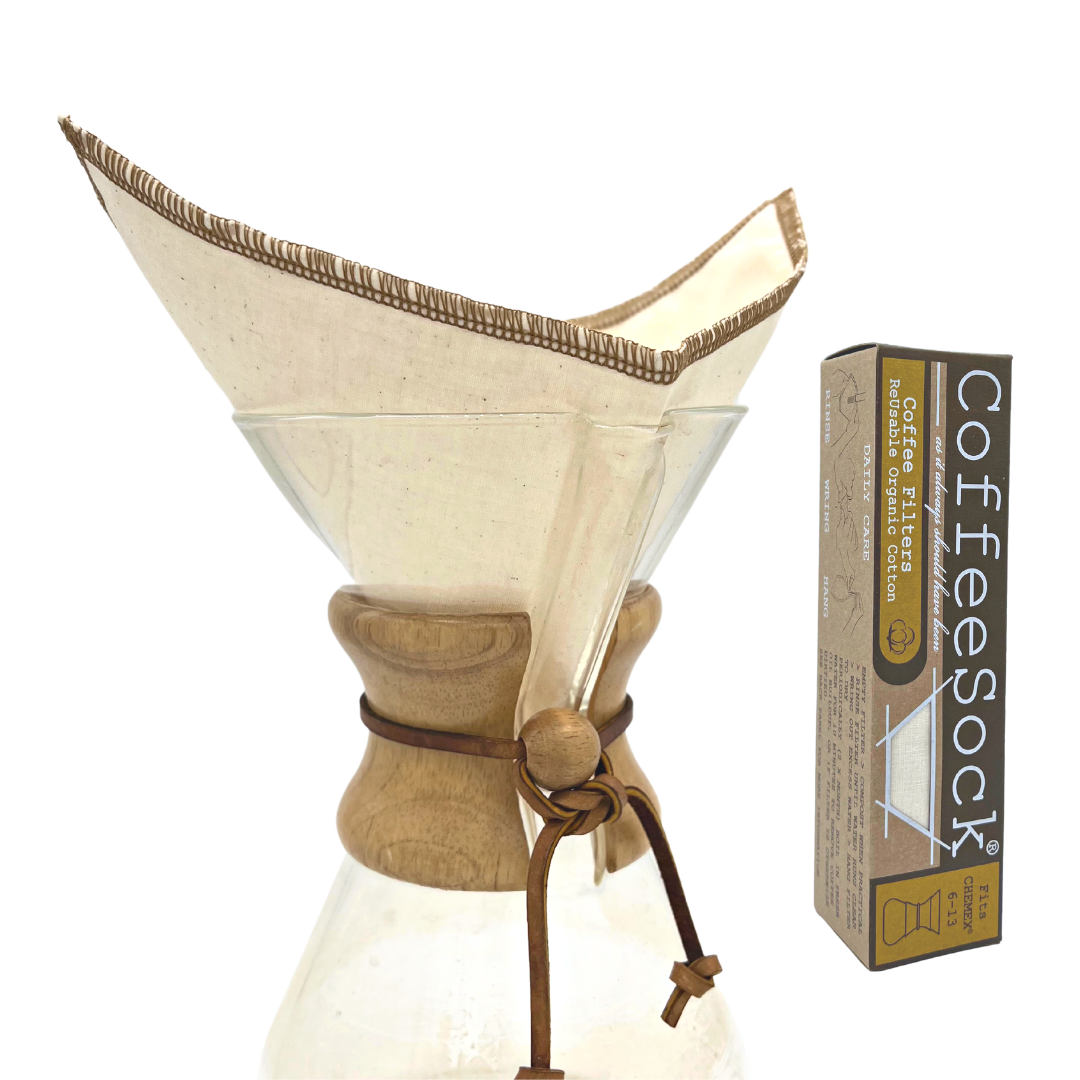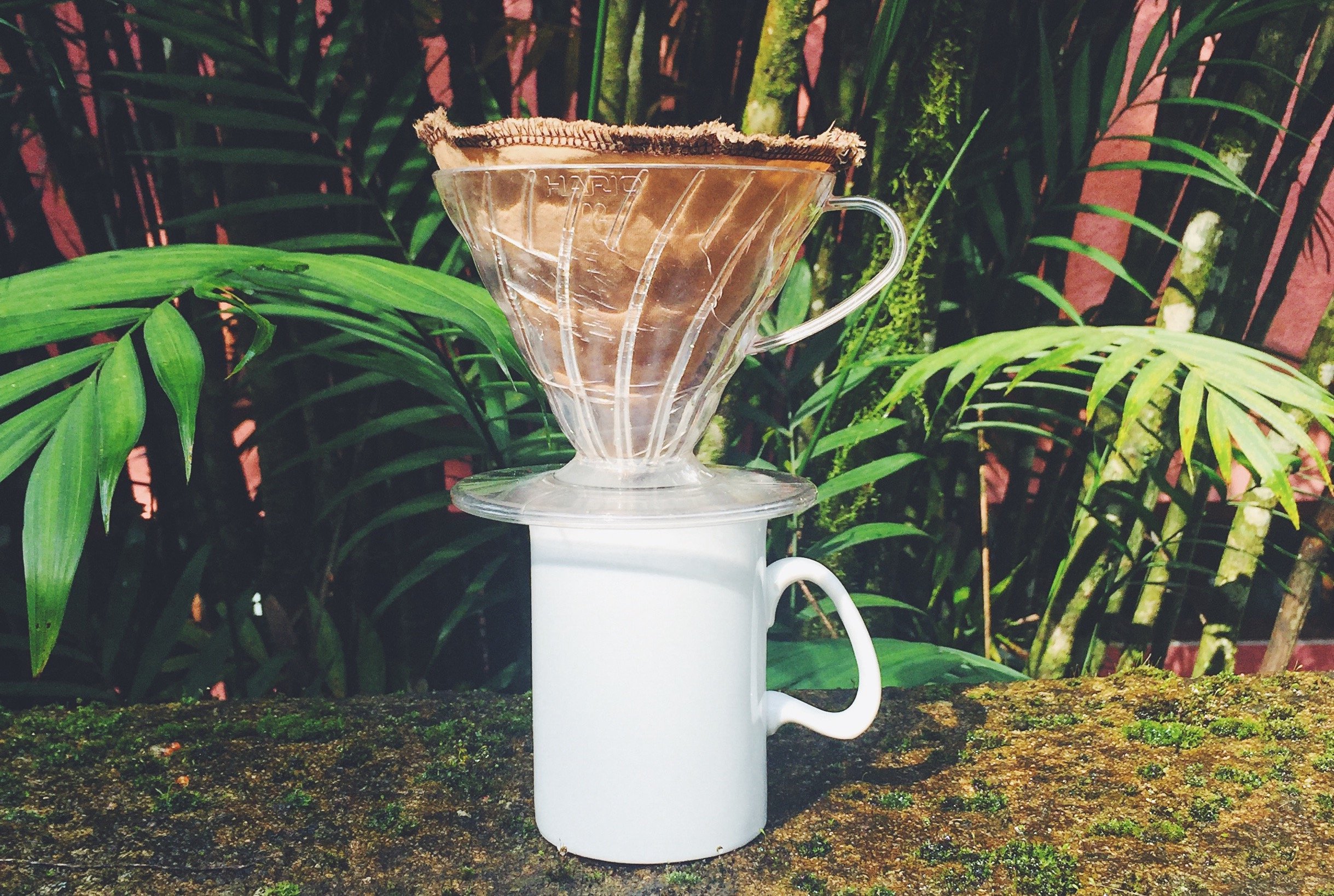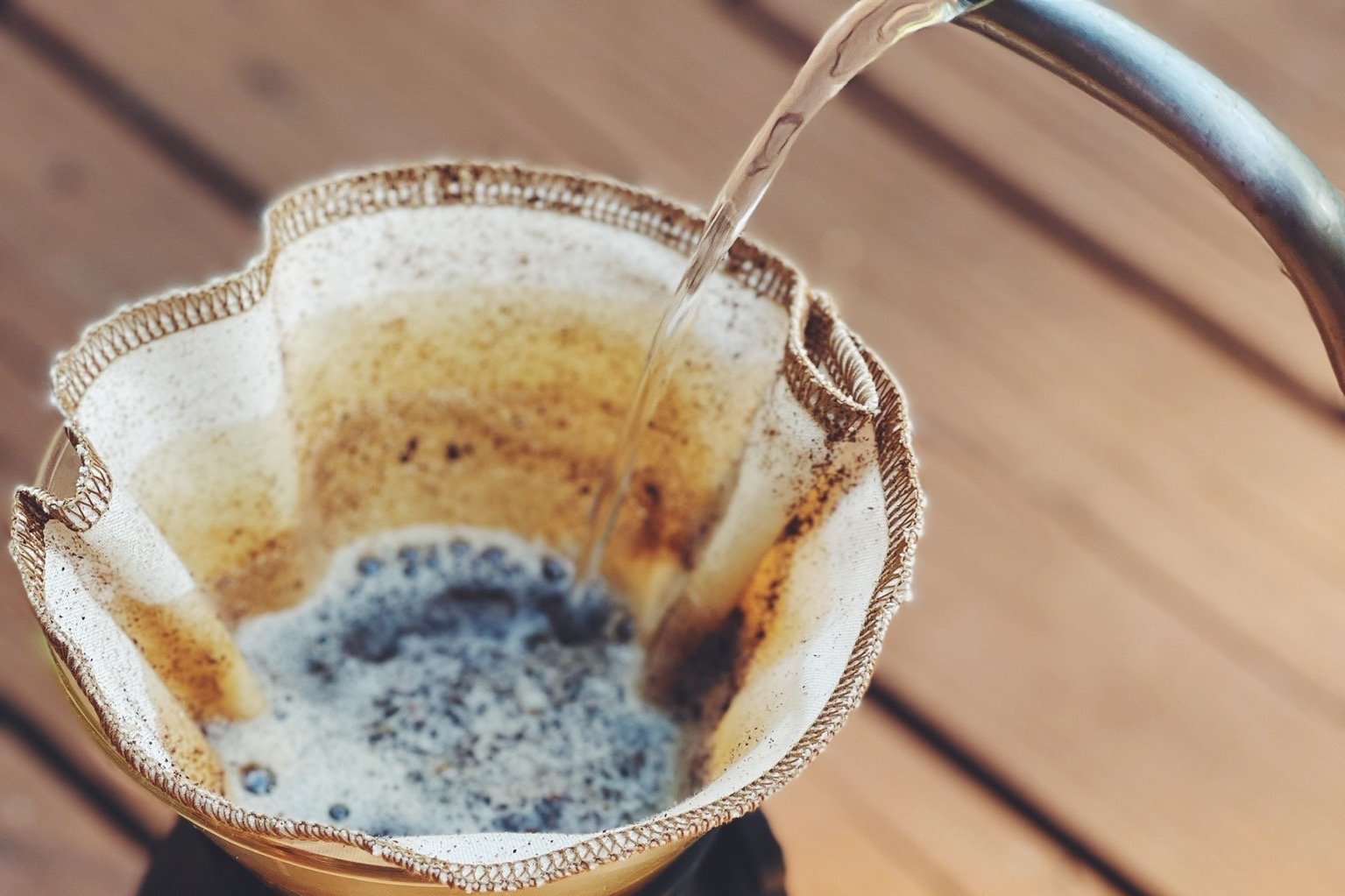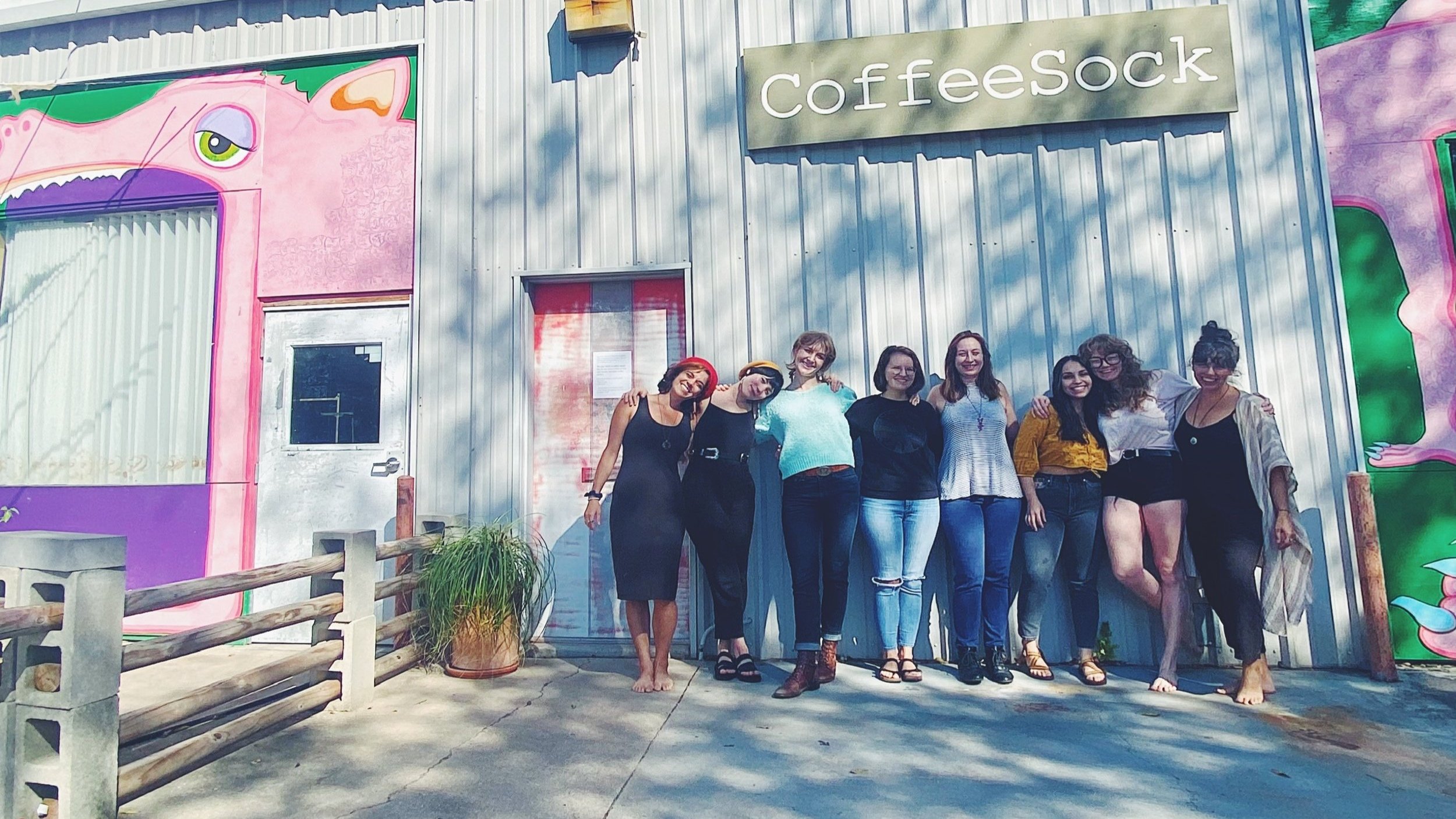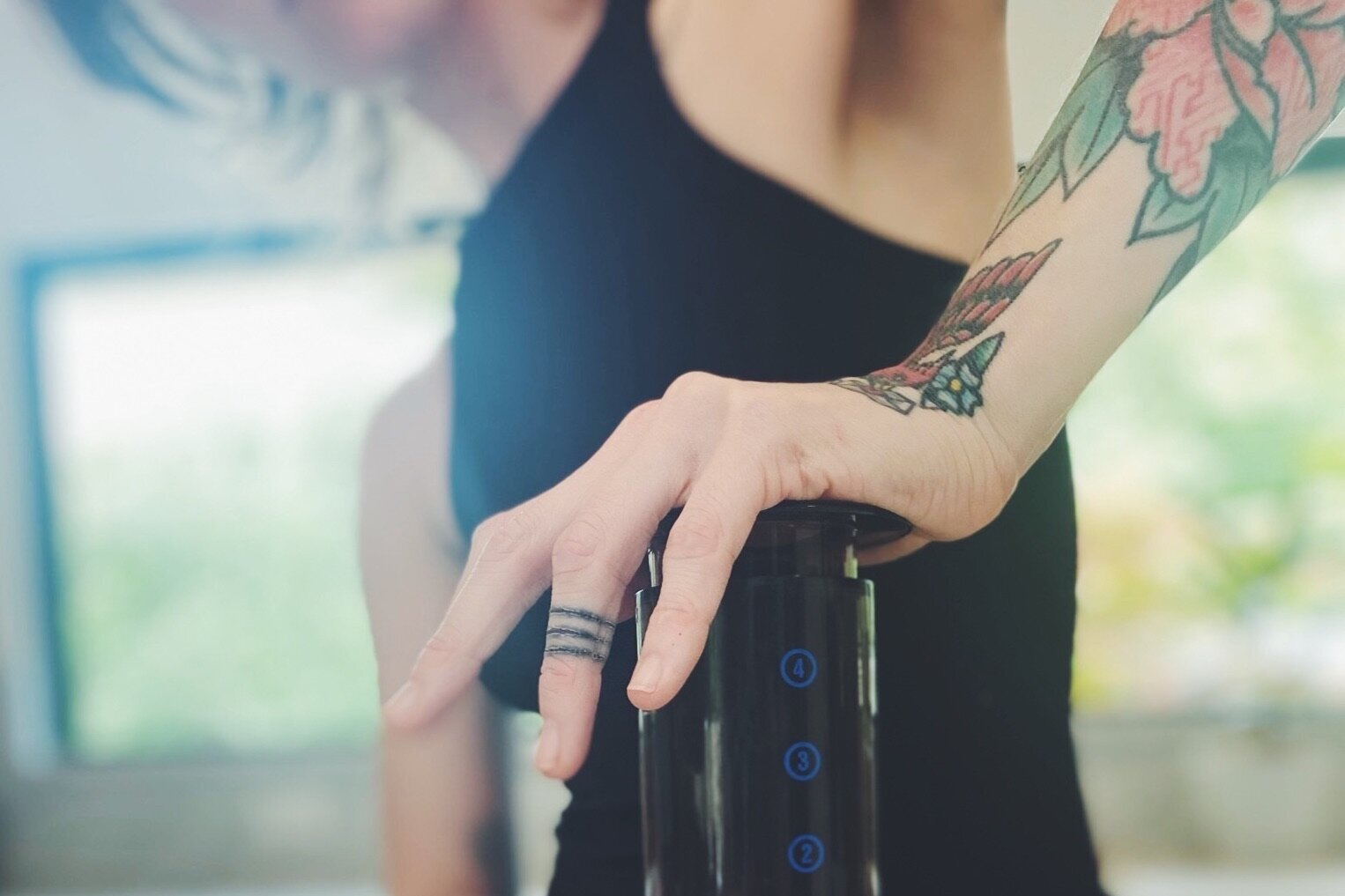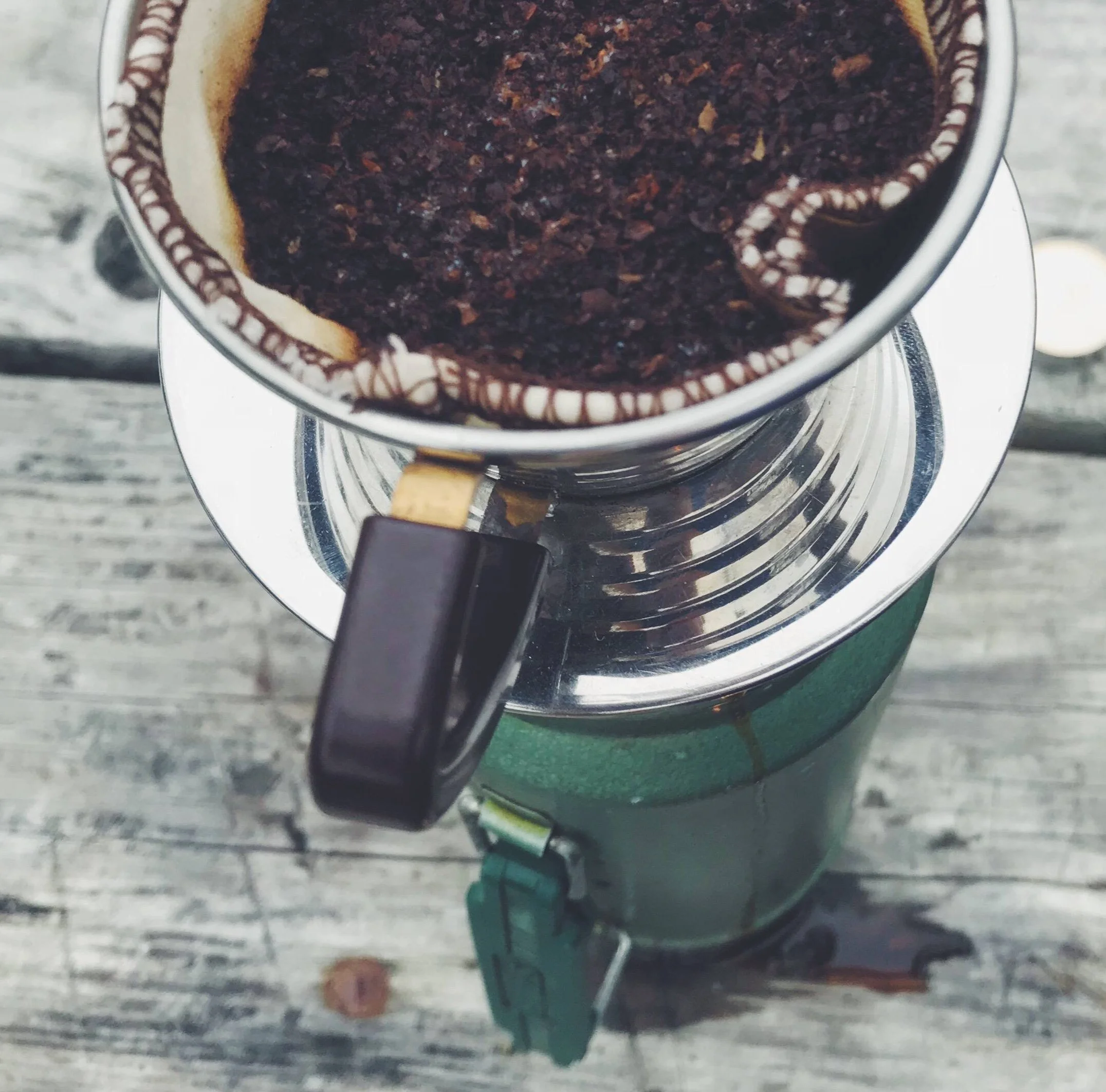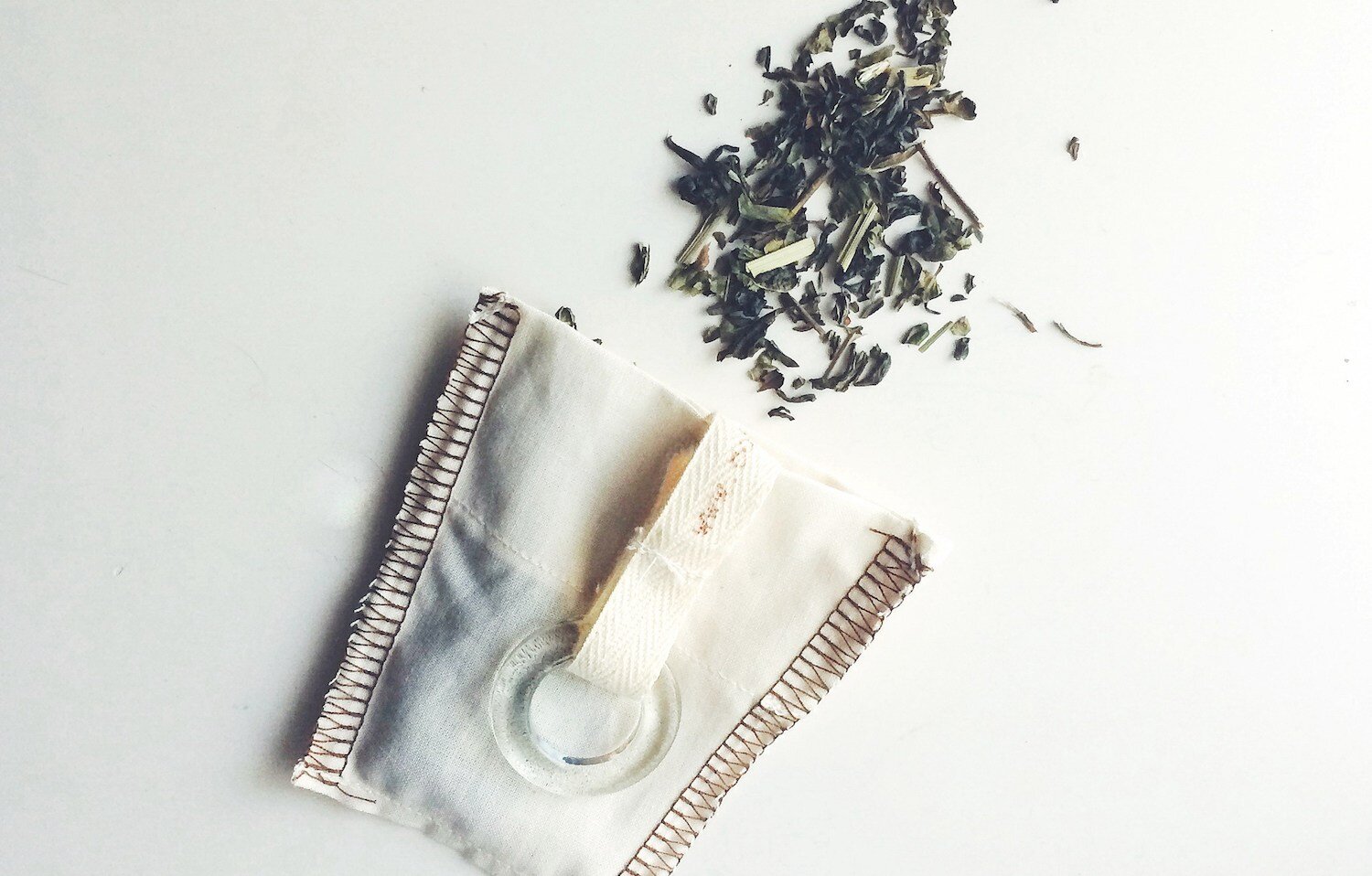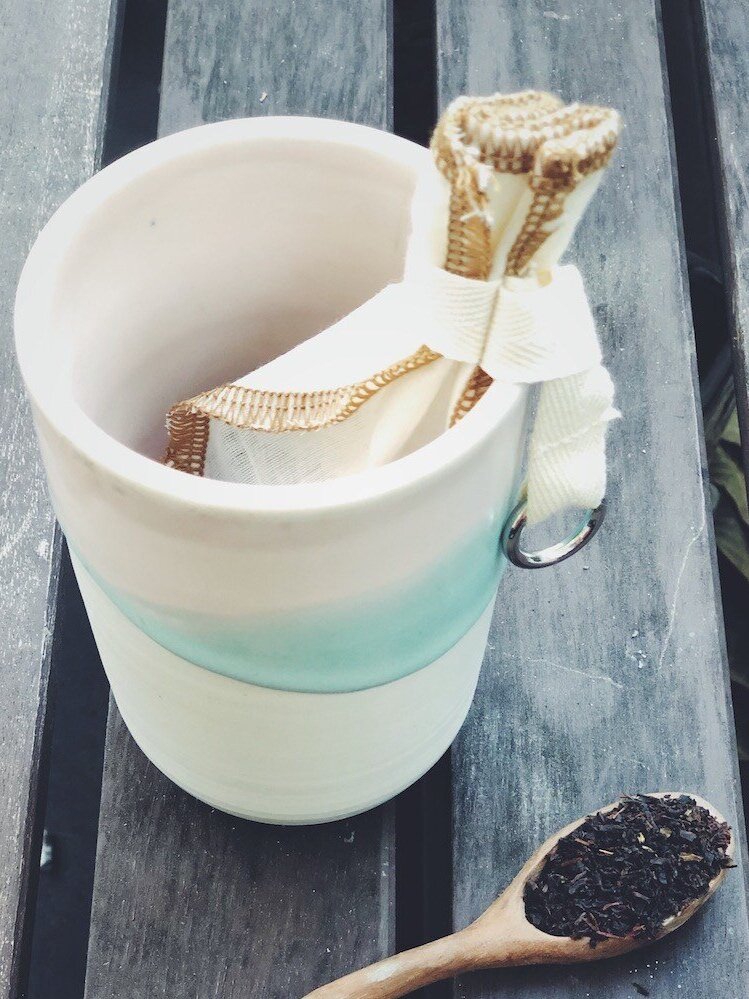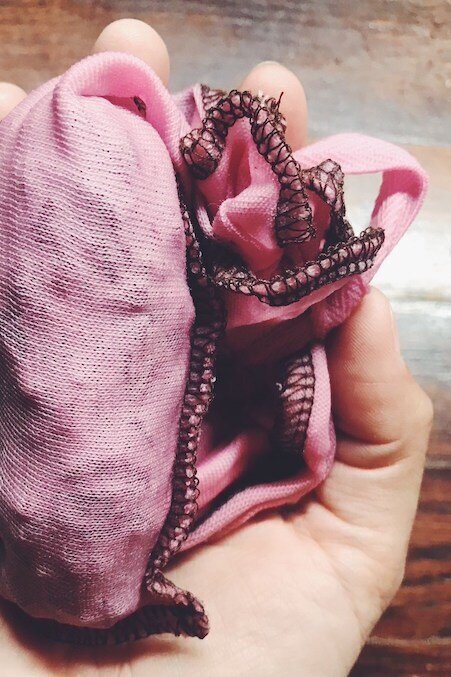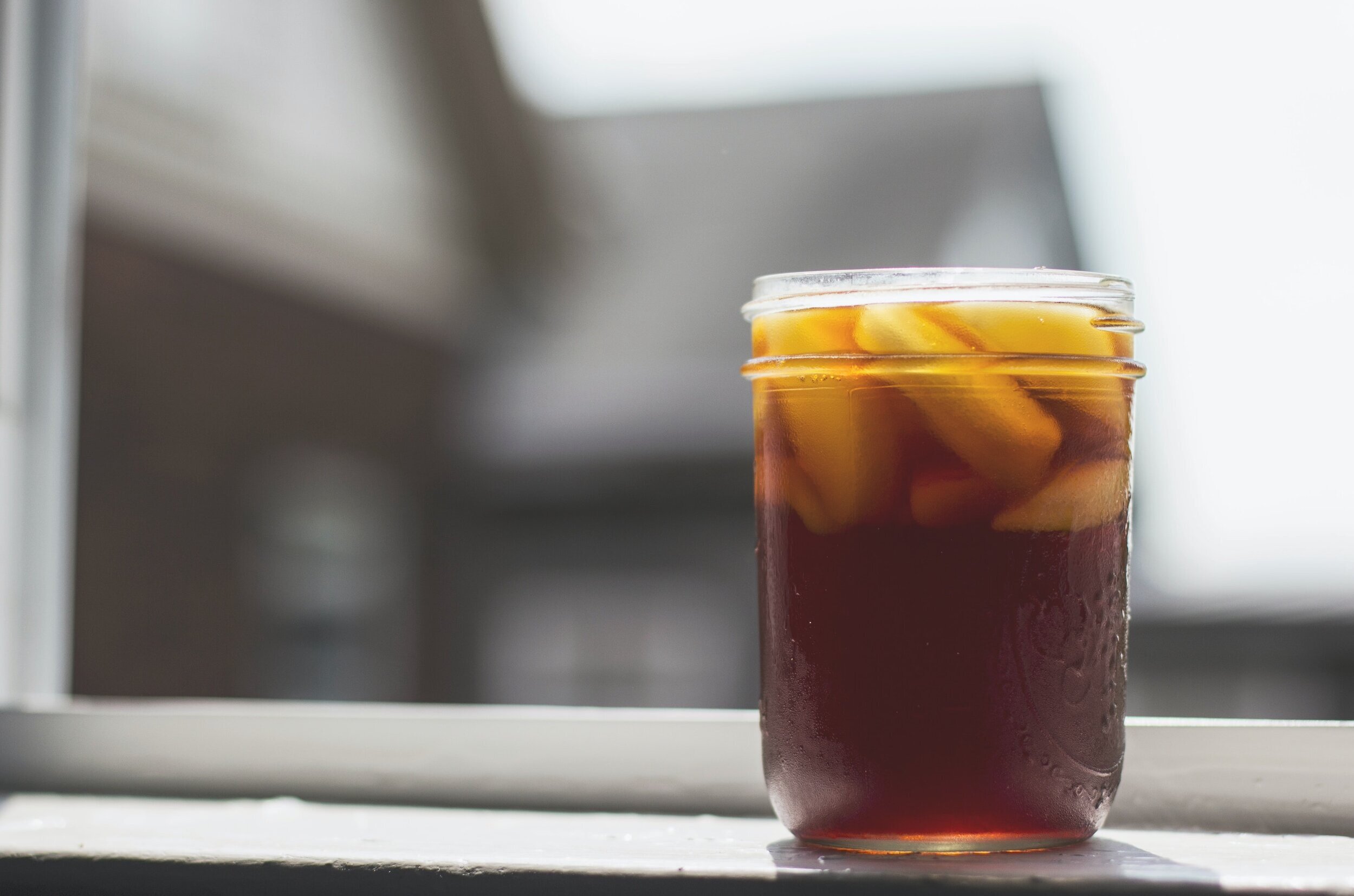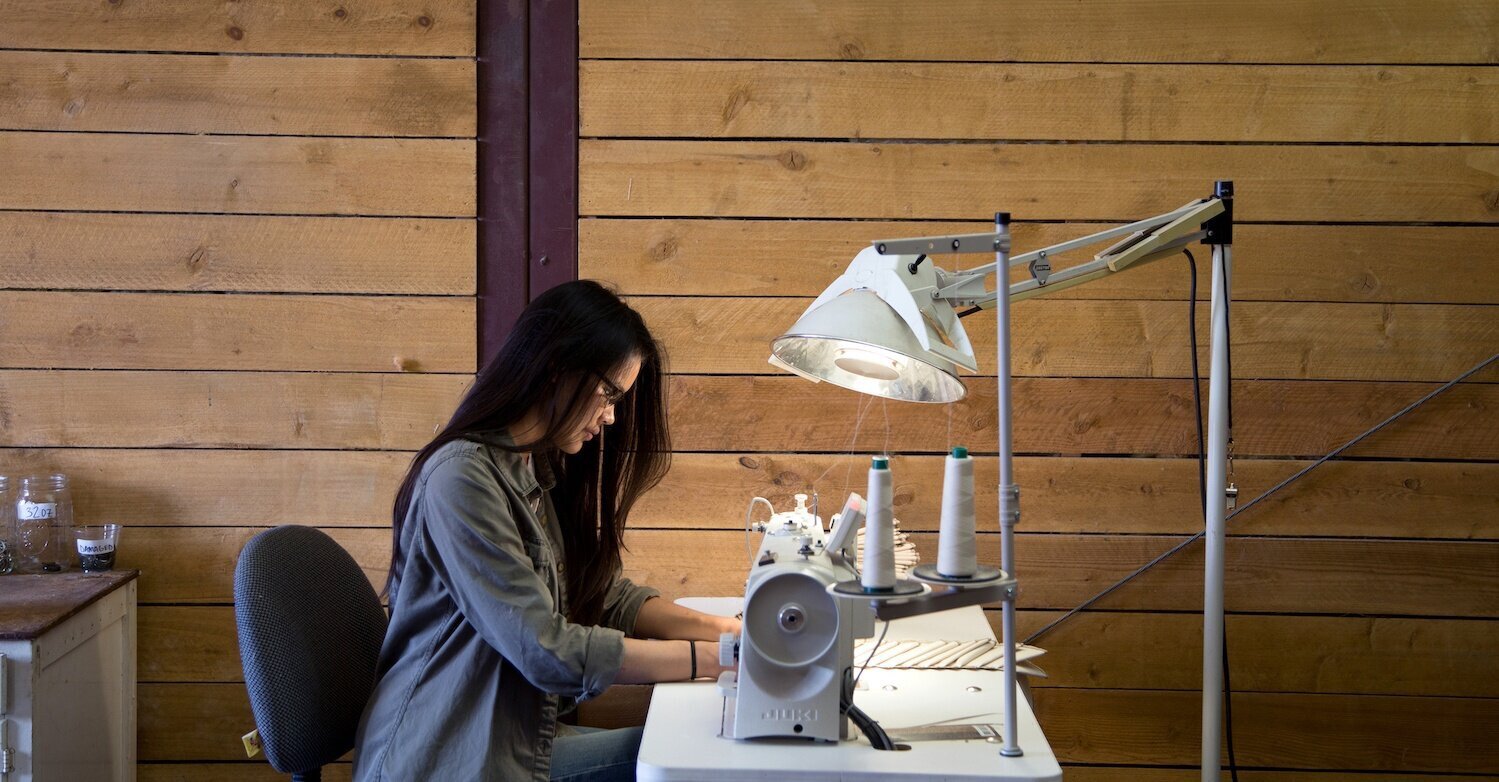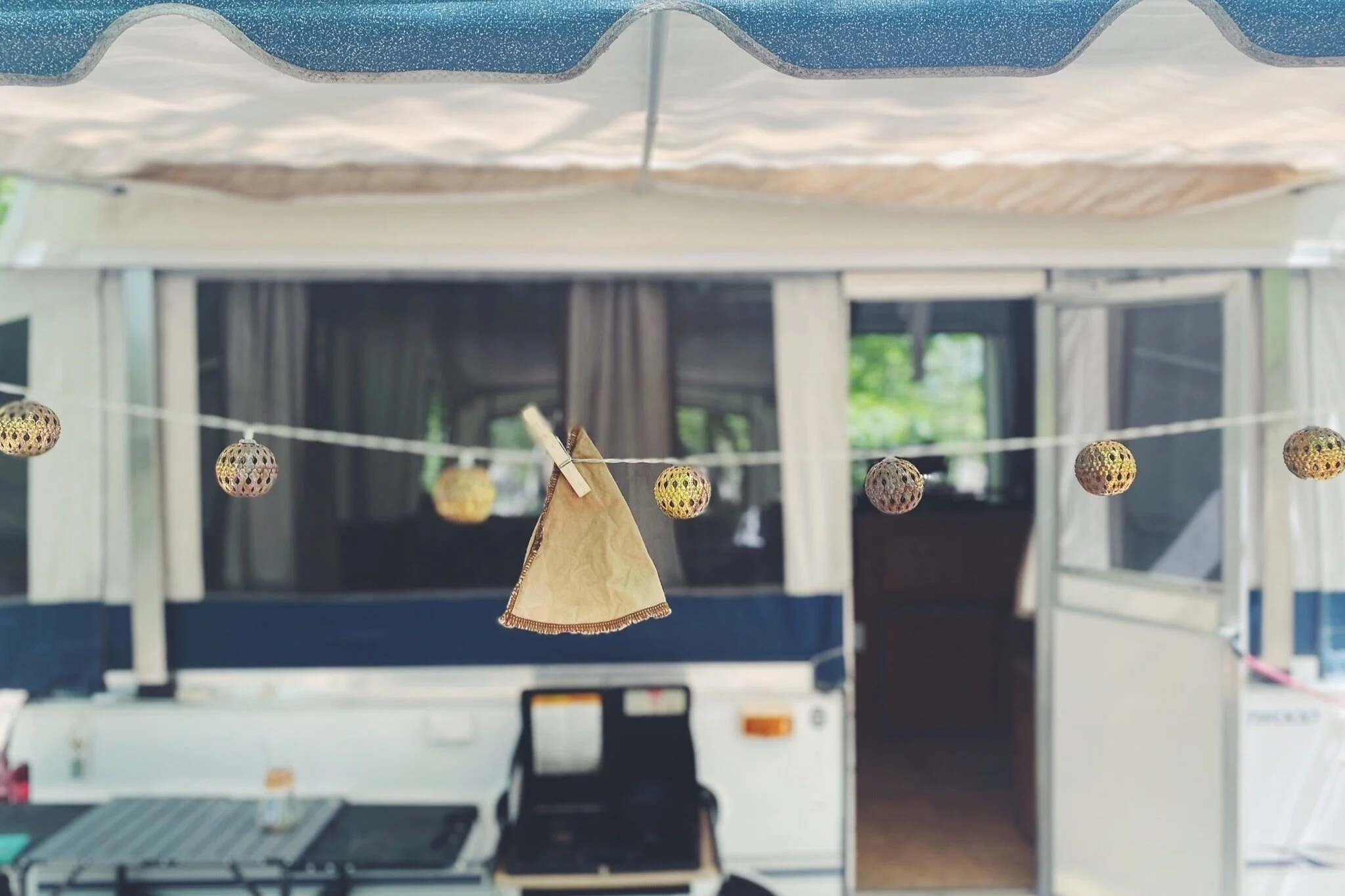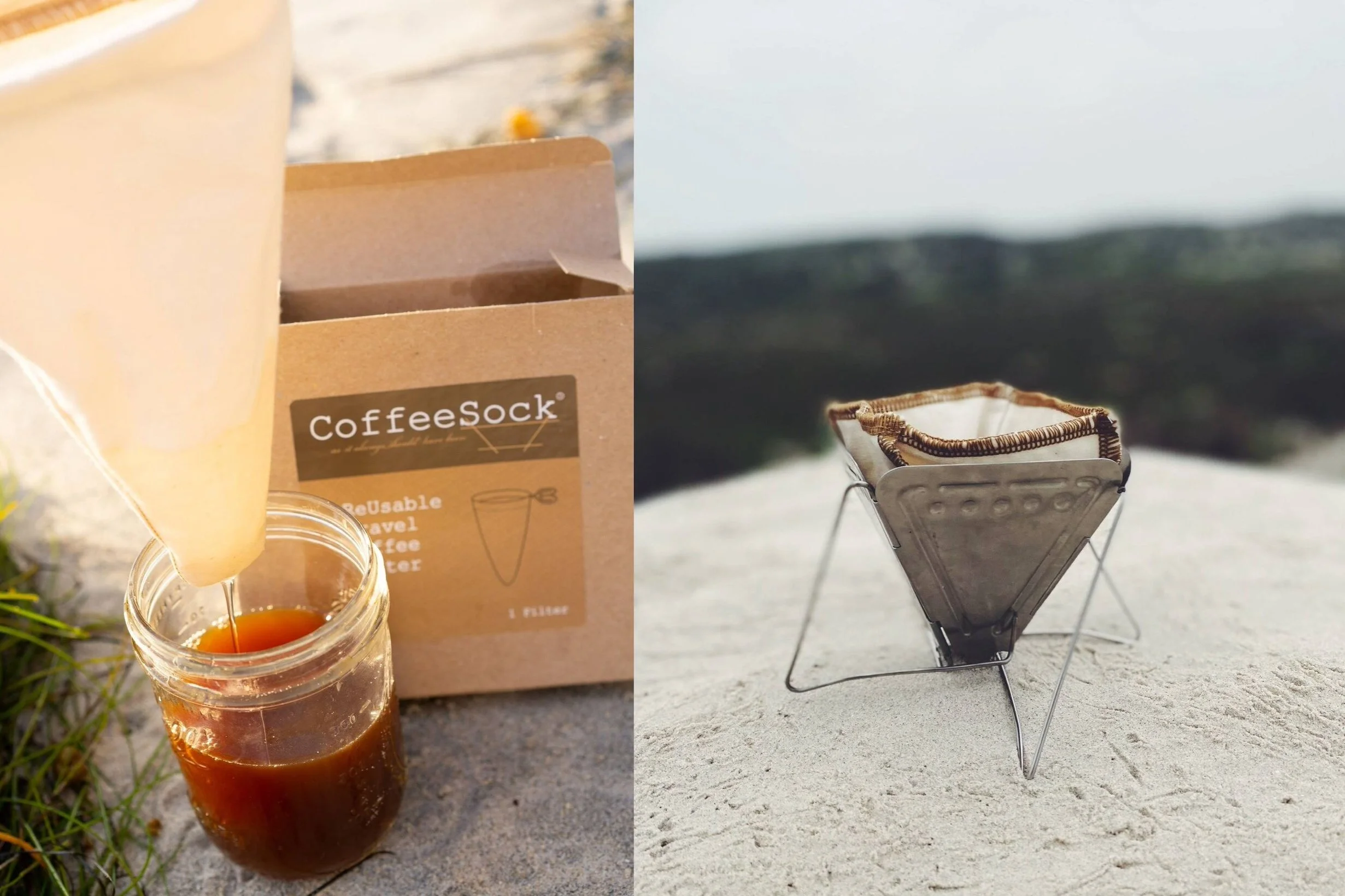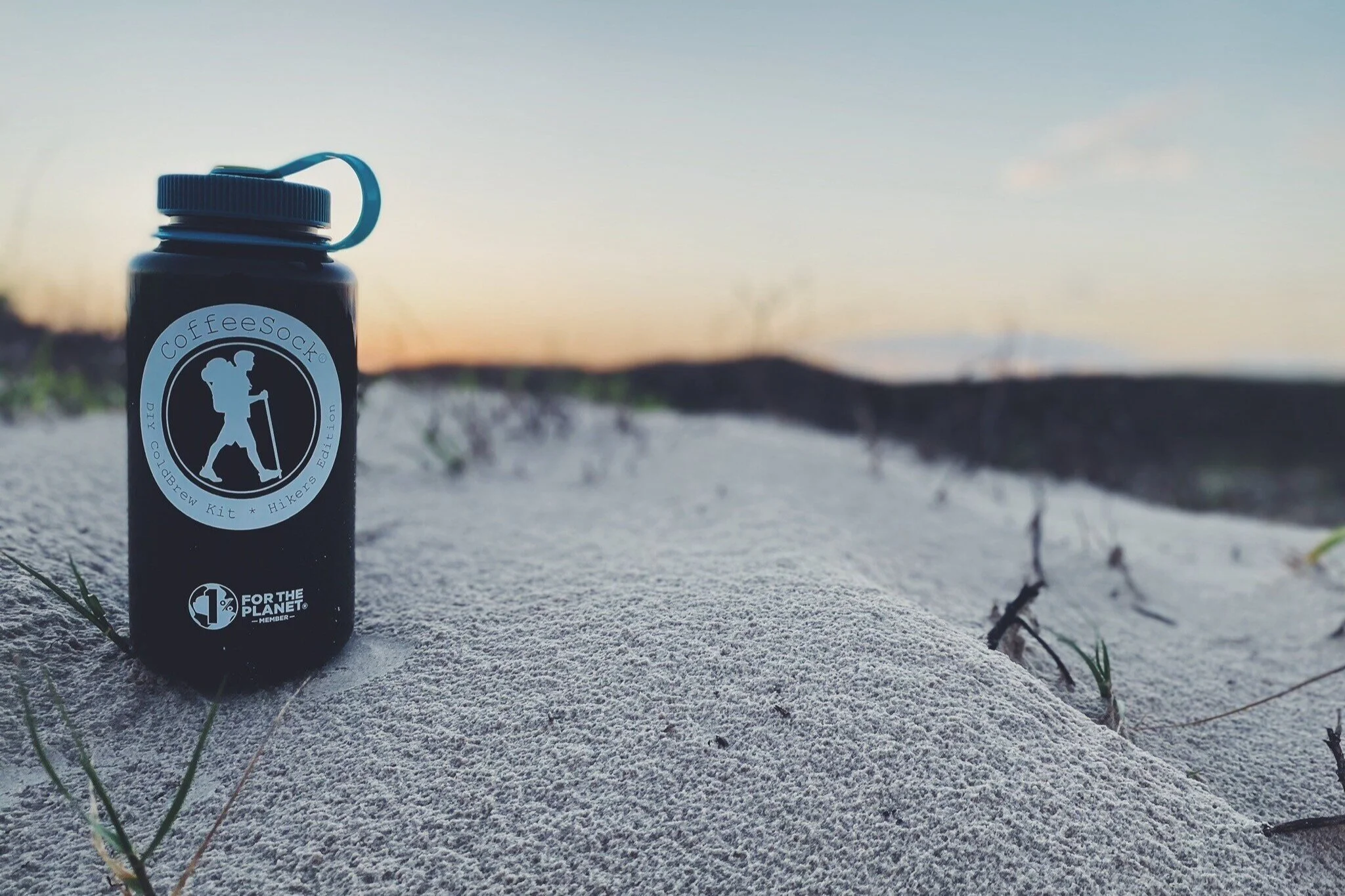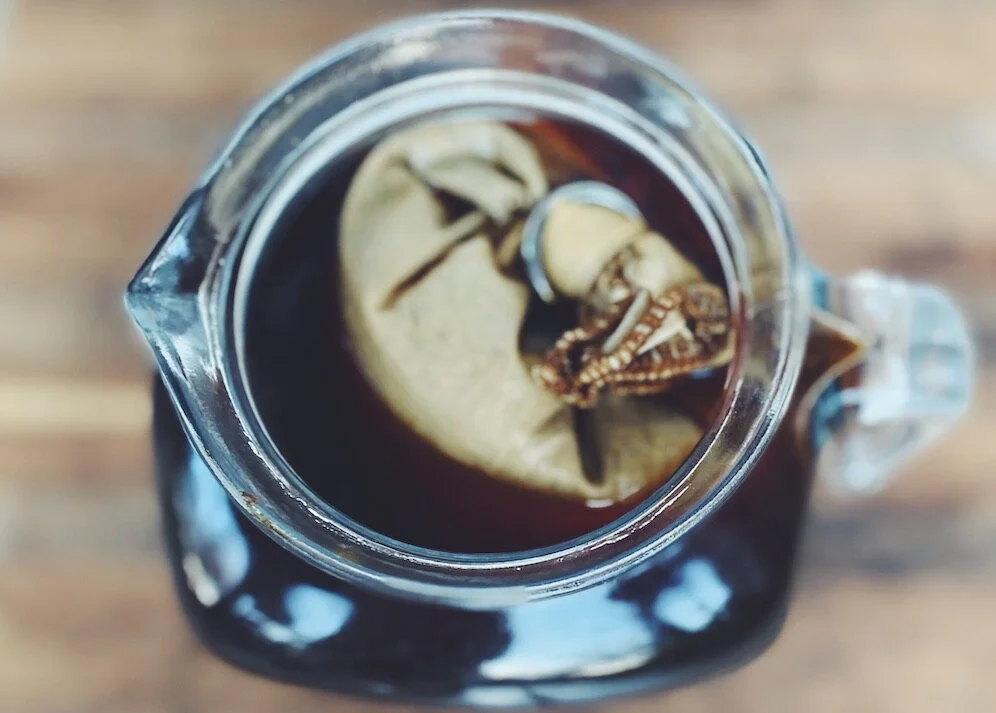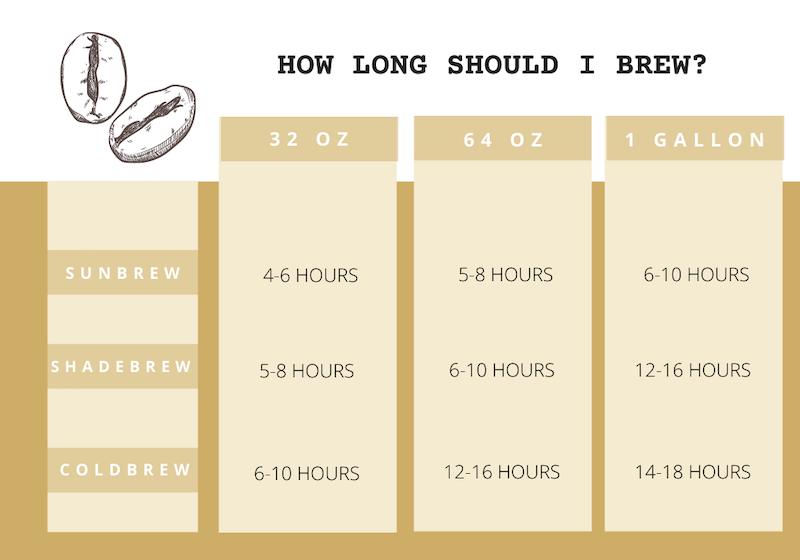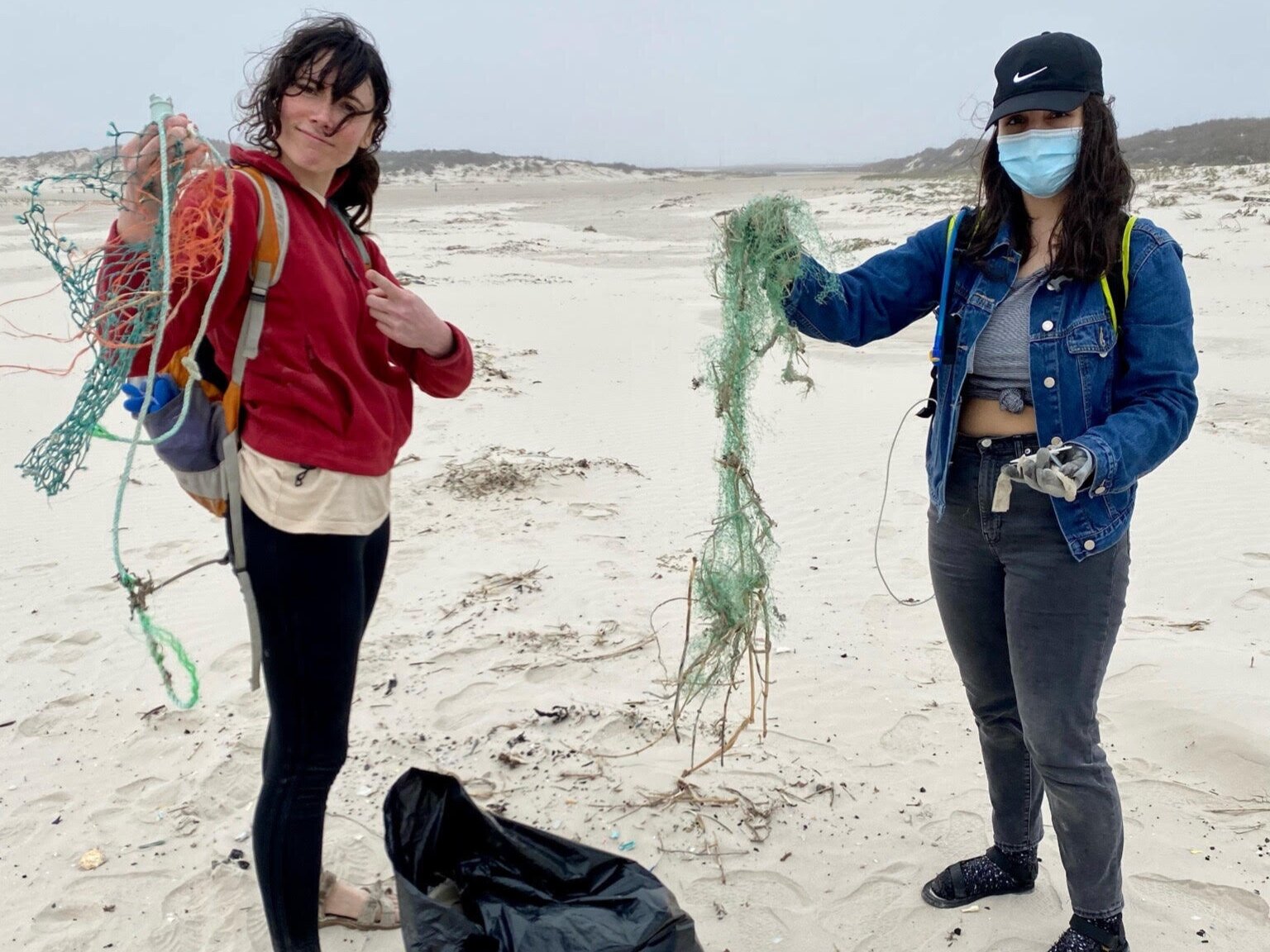If you’re looking for a coffeemaker that’s simple, beautiful, and makes a whole pot of coffee, meet the Chemex.
Let’s just get right to the heart of the matter—the Chemex brewer is simple, beautiful and makes a great cup of coffee—or eight. For these reasons, the brewer has a large and dedicated fan base. And it’s why the Chemex is the brew method we use at home.
That’s the short version of the story. The longer version is about your own needs and values when it comes to coffee. For us, we drink multiple cups of coffee daily, so we need a brewer that produces several cups at a time with a consistently great flavor. And we value simple, economical and ecological things, with huge bonus points for being beautiful.
What are your coffee making needs and values? This explainer can help you figure out if Chemex is the brew method for you.
(We’ve also written about the Hario V60, the Aeropress, the automatic coffeemaker, and cold brewing. Check those out too!)
Your needs and values = your best brew method
For most of human coffee-drinking history, we used simple brewing methods that involved boiling water, mixing it with ground up beans, and putting the results through some kind of sieve. There were not a ton of options.
It was hundreds of years later—the early 1900s—when Melitta Bentz invented the first paper filter in an attempt to remove some of the bitterness of the brew, though her filters were not widely used until a few decades after that. From there, the world’s coffee making options multiplied, with methods that used some combination of pressure, steam, electricity, filters, plungers, and gravity.
In short, nothing about your preferred brew method is a given. Instead, you can choose the brew method that best meets your needs and matches your values.
Do you need multiple cups on a daily basis? Is speed important? Precision? The ability to use a kitchen scale to get the water-to-grounds ratio just right? How much storage space do you have? How important is simplicity? Do you have a kettle?
You get the idea!
What is a Chemex and why would you want one?
According to the Chemex company’s website, the Chemex was invented in 1941 by chemist Dr. Peter Schlumbohm. He wanted a brew method that combined simplicity, excellent coffee, and art.
“Schlumbohm desired to not only make brewing the perfect cup simple, but also to have the vessel be a thing of beauty. Being a chemist, he studied and understood clearly the chemistry behind the extraction of flavor and caffeine from coffee beans.”
It’s hourglass shape is designed with coffee science in mind to brew a great cup. And it’s probably the only coffee maker regularly featured and sold in art museums.
Here are the advantages of the Chemex:
It’s simple. Add a filter, ground beans and hot water. That’s it.
It’s beautiful. You can leave it sitting on the counter and it looks great.
It’s economical. It will last for decades and costs less than $60 for an 8 or 10-cup classic brewer. Even if you decide to be fancy and buy the $150 13-cup handblown version, it’s a steal considering its durability and beauty.
It’s a pourover option for multiple cups. Whether you have multiple coffee drinkers in the family or guests visiting, you can easily make 6, 8 or 10 equally delicious cups.
What about the special Chemex filter?
If you’re familiar with Chemex brewers, you’ll know that Chemex makes their own special paper filter. According to the company, they use “bonded filter paper to remove bad fats, bitterness, acidity and sediments that all other types of filters leave behind.”
Because CoffeeSock values simple, reusable, and ecological materials, we designed our organic cotton Chemex filters to work just as well as the lab-grade Chemex paper filters, but without the paper waste. In fact, organic cotton produces a brighter brew with a more balanced acidity level than paper.
Each organic cotton filter lasts from six months to one year, depending on how often you use it. And a three pack costs only $14. You can even buy a 3-cup or 8-cup Chemex brewer with filters directly from CoffeeSock!
How to brew coffee with your Chemex
With Chemex, you’ll start with a medium ground coffee, on the coarser side if you’re using their paper filters.
For four cups of coffee, use around 50 grams of ground coffee and 750 grams of water.
From there:
Boil your water in a gooseneck kettle.
Dampen your cloth or paper filter with warm water and discard the water.
Line your Chemex with a filter and place on a kitchen scale. Zero the scale.
Add 50 grams of ground coffee to the filter.
Using a wide circular motion, pour about 100 grams of the boiled water onto the grounds and let stand for 45 seconds to one minute. This is the “bloom” when the coffee de-gases.
Pour the remaining water using the same large, slow circles, pausing occasionally to let the coffee drip through a bit before continuing.
After pouring all of the water (measuring by weight) allow the coffee to fully brew and drip through.
Toss the grounds in the compost. If using cloth, rinse the coffee filter and hang to dry for next time.
You can keep your coffee warm by placing it on a glass stove top or gas flame on low. (Don’t put it on an electric coil stove! Use this wire grid if you have a coil stove.
How to clean the Chemex
Most Chemex brewers go right into the dishwasher. Or you can hand wash with a gentle dish soap. Be sure to read the instructions that come with the brewer you select. Treat your Chemex brewer well and you’ll have it for a lifetime.
